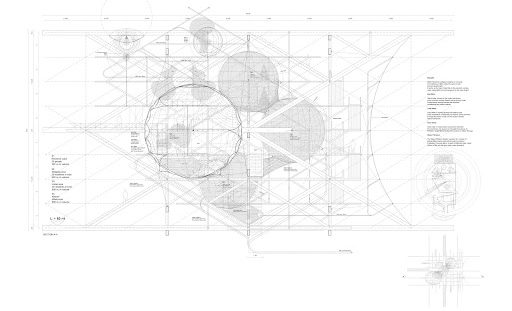SELF SUFFICIENT BUILDINGS
Architectures of Energy
Seminar Faculty: Edouard Cabay & Raimund Krenmueller
Credits: 70% Water – Self Sufficient Buildings Studio 2019/20
SSB continues its exploration into the realm of physical forces and develops an architecture that creates an equilibrium between man and the environment. Today, form still follows function, but in a world of fluctuating climatic patterns and rigid dependencies on resources, we ask ourselves: how can energy shape architecture?
From a historical perspective, architecture has always emerged from the need to adapt to a local context and constructed with the limitations of the technique. Today, in the context of globalisation and the explosion of technological progress, we are becoming increasingly alienated from the millennia of contextual architectural innovation, in favor of universal and homogeneous building standards, fueled by enormous energy consumption and at the cost of the environment.
According to the unchallenged global authority for building guidebooks – the Neufert – the standard temperature for human comfort is 22ºC – no matter if the building is located in Siberia, where temperatures can drop to -50ºC, or the UAE, where they can reach +50ºC. In contrast to those simplistic, uniform expectations, we – as architects – need to question the applicability of universal patterns of inhabitation and rethink the relationship between buildings and their climatic and energetic contexts.
Add to that the advent of ever more immersive virtual experiences and digital worlds (e.g. the Metaverse), which are promising entirely new qualities of detachment and apparent independence of the physical reality of material and energy resources – and even our own bodies. We aim to answer this development by emphasising the value of embodied experience and knowledge, and by bravely confronting a complex and difficult, yet beautiful and rewarding physical reality.
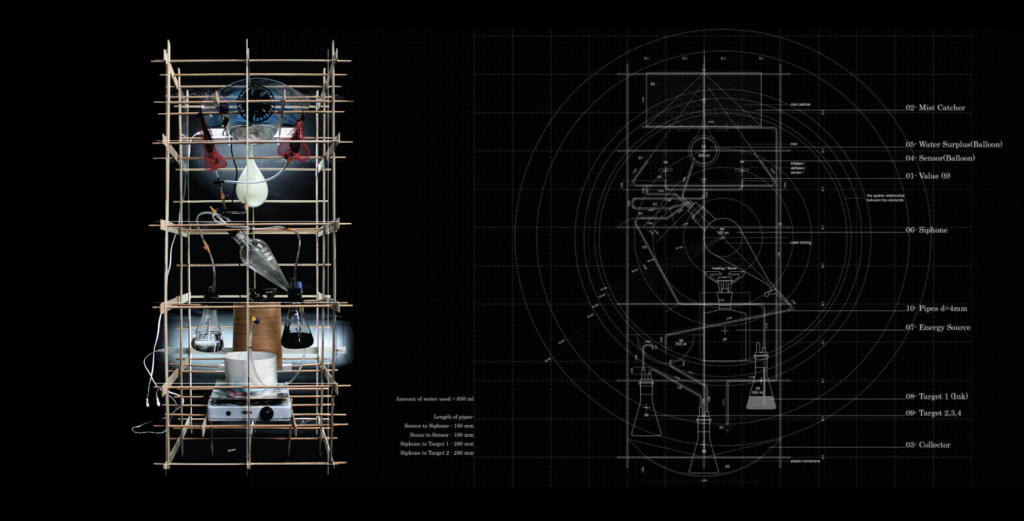
Credits: 70% Water – Self Sufficient Buildings Studio 2019/20
This year’s studio proposes an exploration of the Pyrenees Mountain Chain, a complex yet rich geography embedded with a variety of energetical situations and climatic diversity. Our site, the 500km-long Barcelona-Bilbao axis, gathers extreme conditions from glaciers to oceans, forest to deserts, unviolated valleys to dense metropolises. We will explore this territory during our research trip under the form of a travelling expedition: equipped with camper vans, we will leave Barcelona together to places of common studio interest, from there all the groups will drive to their own chosen sites to perform a micro workshop: living 24 hours on your site, measuring it’s qualities through a physical act of staying there! The end of the itinerary will take us to the beaches of the Atlantic Ocean and visit the dynamic industrial city of Bilbao!
The course is structured along the development of a series of 3 designs:
The initial weeks will see us developing an energy device: using digital fabrication and physical computing, students will invent and construct a machine, within the walls of IAAC that stages and performs an energy phenomenon of their choice.
Rich with this scientific knowledge, this will lead them to the choice of a context with the Barcelona-Bilbao axis for which you will be developing a small building, at a 1:5 scale, a small off grid cabin for one person.
The third phase of the studio is the extrapolation of this small architecture into a larger living architectural intervention within the site of the choice, the Self Sufficient Building.
Learning Objectives
At course completion the student will:
- Experience all the steps of the development of an architectural project;
- Understanding of an empirical approach into working with energy and its integration in buildings;
- Integrate digital fabrication and physical computing into a design process;
- Make performative architectural models;
- Learn how to support research into spatial distribution with computational tools;
- Use parametric modelling in order to design and develop documents of architectural representation;
- Develop an iterative working process based on the creation and evaluation of design options.
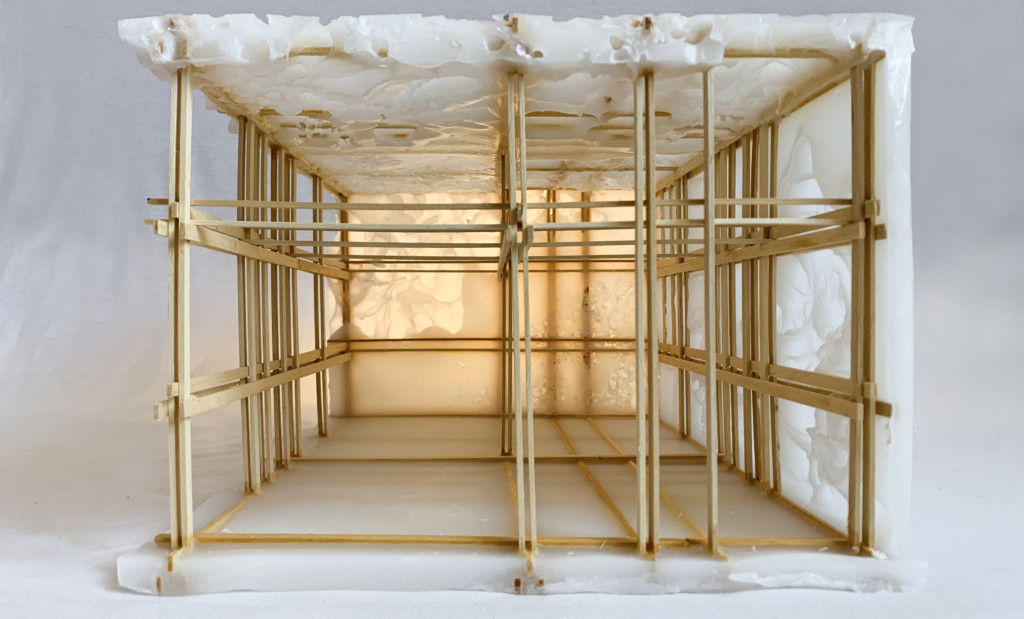
Credits: Self Sufficient Buildings Studio 2019/20
Faculty
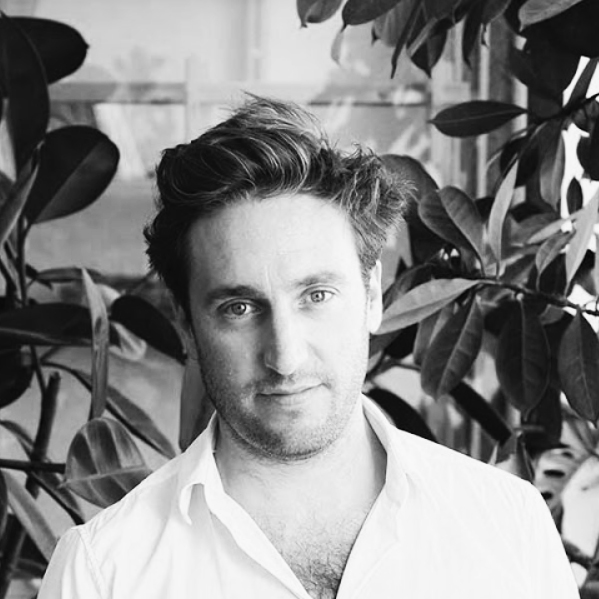
Edouard Cabay is an architect and a senior faculty at IAAC, where he co-directs the 3D Printing Architecture Postgraduate Program as well as the Self Sufficient Building Research Line. He has been a senior faculty at IAAC since 2011.
Alongside his academic work, Edouard has established his design studio Appareil, which develops experimental projects that rely on the use of novel technologies. The studio has won domestic and international competitions, completed small scale architectural and art projects and has been represented in various architecture biennale, exhibitions and publications.
Additionally, he has also been directing the AA Visiting School Barcelona since 2014 and is currently an Invited Professor at CEDIM in Mexico. Edouard Cabay has taught at the Architectural Association as a Diploma Unit Master from 2010 until 2013, at the École Spéciale d’Architecture in Paris as an Associate Professor from 2012 to 2015 and at the École Polytechnique Fédérale de Lausanne as a First Year Studio Director from 2013 to 2016. His work as an architect, a professor or an artist has taken him to Saudi Arabia, Nepal, Russia, Iran, Mexico, Colombia, Morocco, Syria, Bahrain, the Emirates, Georgia, Serbia, Estonia, India, Ecuador, Singapore, Ethiopia, the Philippines, Lebanon, Austria, Norway, Sweden, Switzerland, Spain, Italy, the United Kingdom, Luxemburg, France, Belgium.
Links:
www.appareil.org
www.machinicprotocols.com
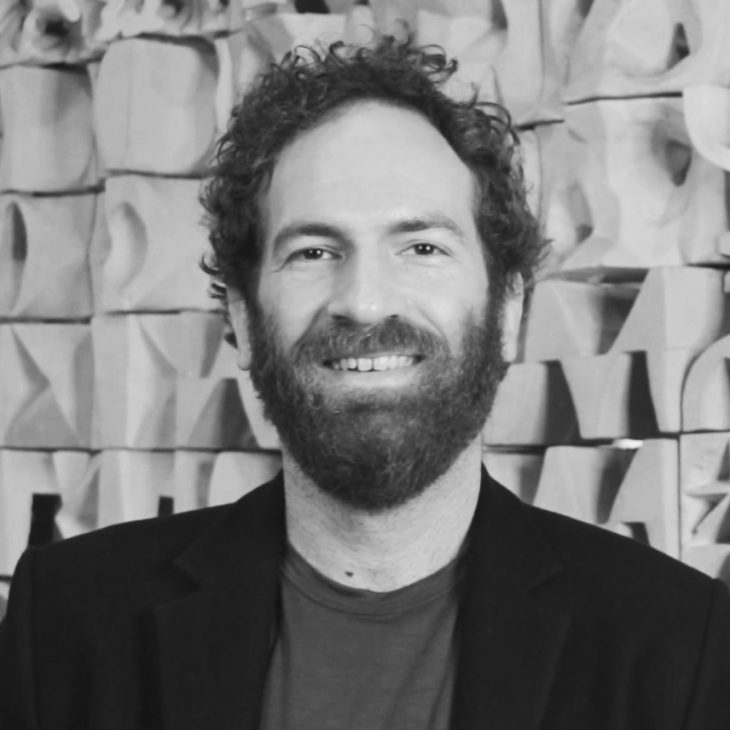
Raimund Krenmueller was born in Wels, Austria and holds an MSc in architecture from the University of Technology in Vienna, where he worked between 2009 and 2015 as an expert for digital manufacturing and as teaching assistant at the department of 3d-design and model making. He has contributed to a diverse range of projects ranging from architectural design and robotic fabrication to product development, in collaboration with architects, artists and designers. In 2016, he graduated with a thesis about the design of robot behaviour for autonomous building processes utilizing artificial evolution of neural controllers. His main research interest is the connection between digital manufacturing and architectural expression. A balanced mix of cerebral and manual work is what makes him happy. In 2017 he joined the R+D department at IAAC as an expert in digital fabrication and computational design.
